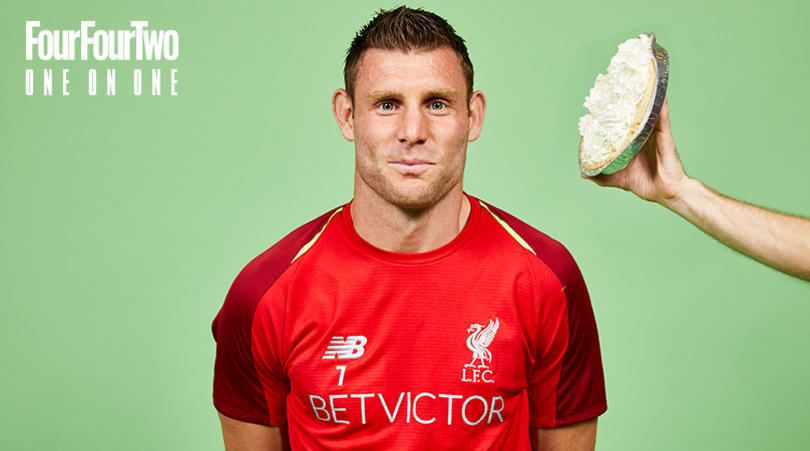How a total shift in transfer policy brought about Liverpool’s resurgence
This weekend Liverpool meet Southampton, a club they have continually raided for players – yet, as Richard Jolly explains, a change in approach from panic to patience has revolutionised the Reds' squad
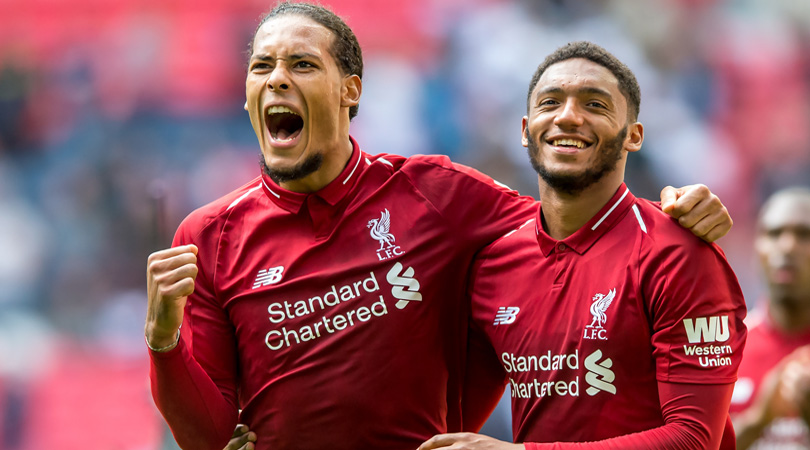
The cost of a scouting system can be shrouded in mystery. A few years ago, the cheap joke to be made about Liverpool’s was that theirs set them back around £500; the price of a season ticket at St Mary’s. Because when Liverpool host Southampton on Saturday, it’s a wholesale reunion: the Virgil van Dijk, Sadio Mané, Adam Lallana, Nathaniel Clyne, Alex Oxlade-Chamberlain, Dejan Lovren and Danny Ings derby. A bit of a mouthful, really.
Even if injury and ineligibility could keep the majority of those players from taking to the field, the links between the clubs remain remarkable. It prompted talk that Southampton were Liverpool’s feeder club, or that the Merseysiders should just cut out the middleman and buy Saints’ transfer targets straight away.
Instead, some £175m made its way south over four years, while the traffic of players - until Ings made the opposite journey - was entirely northwards.
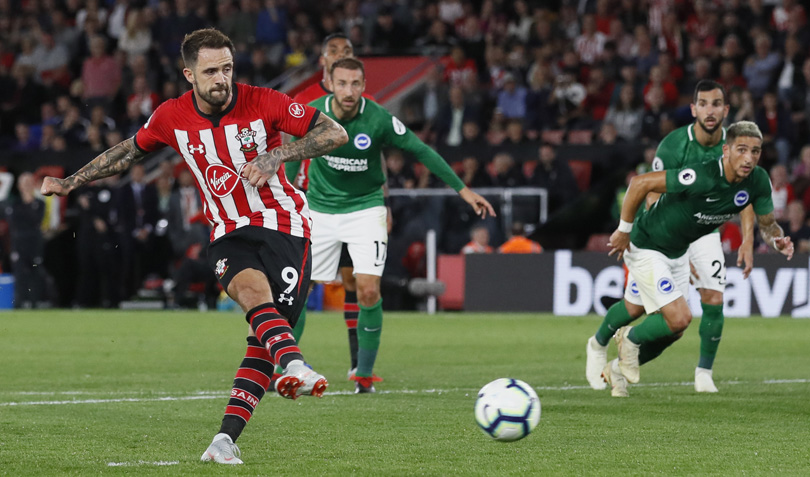
Yet while Van Dijk may seem the apotheosis of a transfer policy based on buying the outstanding Saints, he actually signifies its end. The strategy behind Liverpool’s recruitment has shifted: the logic that underpinned some of their raids on Hampshire, and which was then undermined in Merseyside, has been abandoned.
The removal Van
Van Dijk belongs not in a category with Clyne, Lallana and Rickie Lambert, but alongside Naby Keita, Alisson and Mohamed Salah; differentiated by transfer fee, but also status and priority. Jurgen Klopp was prepared to wait for the defender, just as he was for the goalkeeper and the Egyptian attacker.
Each was a product of a refusal to compromise; a top target who was identified and pursued with single-minded determination. Liverpool were so sure of their judgment they were prepared to pay eye-catching fees (though Salah’s, in particular, quickly seemed a bargain).
Get FourFourTwo Newsletter
The best features, fun and footballing quizzes, straight to your inbox every week.
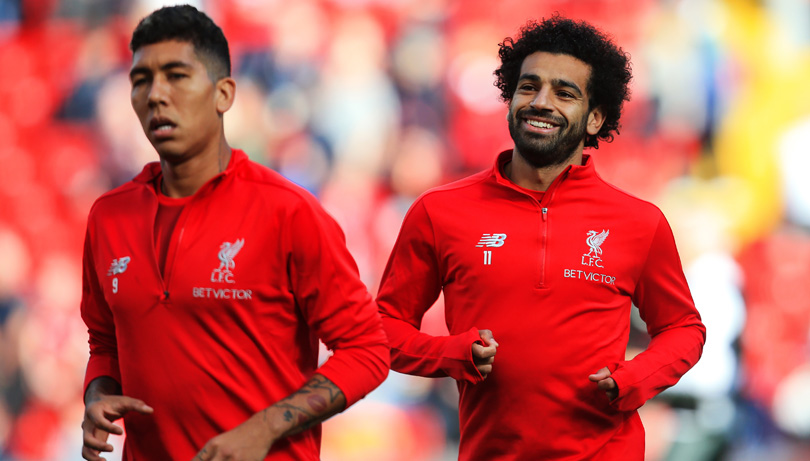
There was no scouring down the shortlists for alternative targets. Liverpool abandoned the search for value for money (and yet, paradoxically, found it in some cases – especially Salah’s). They looked for the finest player available and in the process signed the outstanding footballer in the division last season, and the man who promises to be the best defender this.
It’s a sharp contrast with the past. Perhaps it's harsh to say that, with serial attempts to bring in players from a club that finished between sixth and eighth, Liverpool were positioning themselves to be the best of the rest, not the best – to essentially reconstruct Southampton on the banks of the Mersey. It was not a formula for silverware.
Admittedly, each case is different. After all, Lallana was nominated for the PFA Player of the Year award in his Saints days. Lambert was a forgivable gamble, a lifelong Liverpool fan who was so cheap that his beloved club couldn't lose much.
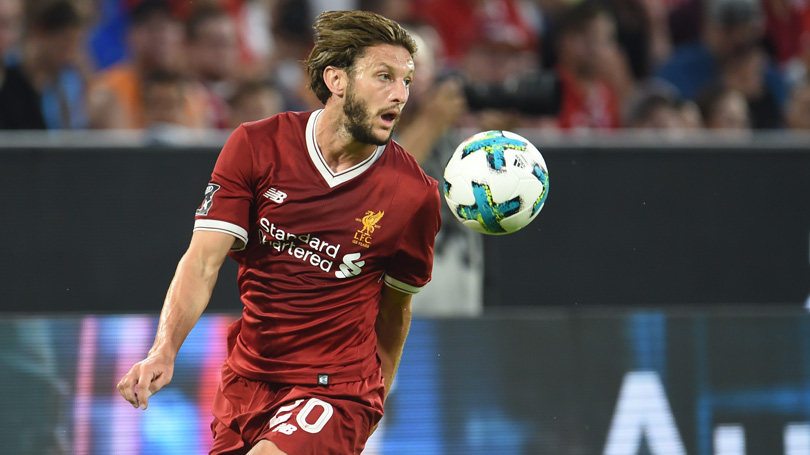
At £12m, Clyne seemed a decent price for an England right-back; within a couple of years, Kyle Walker was four times as expensive. Yet he was a reasonable player, rather than the division’s finest in his position. Similarly, Ryan Bertrand, a former target of Brendan Rodgers, is an excellent left-back, but scarcely the pick of the Premier League. Lovren only really started to resemble a high-class central defender when paired with Van Dijk.
Mané of the moment
Perhaps Mané signified the change. He and Van Dijk were the transformative two, the arrivals who improved Liverpool immediately and exponentially. They look the duo who will be long-term first choices, even if Lovren and Oxlade-Chamberlain have the potential to join them in the side.
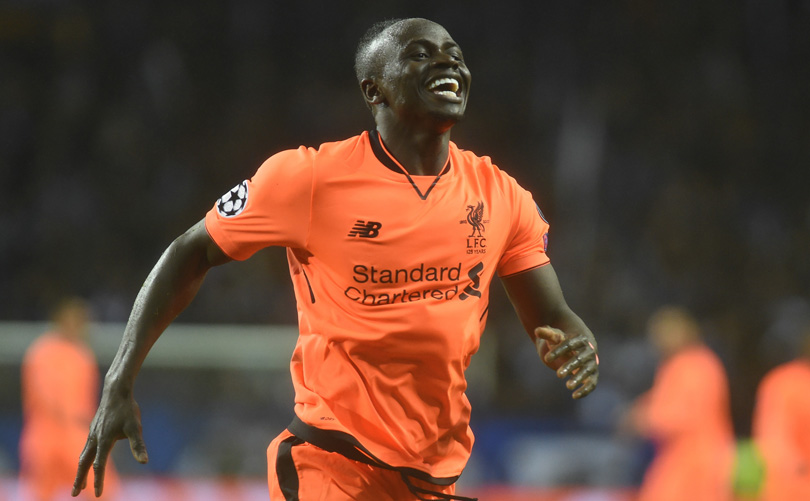
It points to a future when Liverpool swoop for fewer Saints, and not merely because a bottom-half side is less likely to possess players potential champions would want. That shift from quantity to quality, from attempts at Moneyball to paying big money, suggests Van Dijk may be the last of the line.
The coherence in Liverpool’s planning also brings a contrast with the past. Rewind to 2014, when Liverpool were flush with the cash from Luis Suarez’s £65m sale to Barcelona. They followed this with a two-tier recruitment strategy: buying from Southampton as espoused by Rodgers (which yielded Lovren, Lallana and Lambert) and the overseas additions preferred by the transfer committee (Emre Can, Divock Origi, Lazar Markovic and Mario Balotelli).
The Serb and the Italian were the least successful; in comparison, looking for Saints was the low-risk approach. Balotelli was the anti-Van Dijk, the last-minute rushed purchase of a player no one really wanted, supposedly cheap for his talent, but a misfit who showed Liverpool were not prepared to wait a transfer window or two to get the player who would really suit them.
Now the fact that Liverpool have bought more players from Roma than Southampton in the last 15 months feels significant. It’s a sign that ambitions and budgets have been raised. As Klopp’s team get better, it’s harder to identify Saints players who can improve his starting XI.
So perhaps the new trailblazer is not Van Dijk but Ings, the Liverpool squad player who headed to Southampton in search of first-team football. Perhaps Saints’ scouts will require a season ticket: but for Prenton Park, not Anfield, and for Liverpool’s reserves, rather than Klopp’s first team.
Richard Jolly also writes for the National, the Guardian, the Observer, the Straits Times, the Independent, Sporting Life, Football 365 and the Blizzard. He has written for the FourFourTwo website since 2018 and for the magazine in the 1990s and the 2020s, but not in between. He has covered 1500+ games and remembers a disturbing number of the 0-0 draws.
